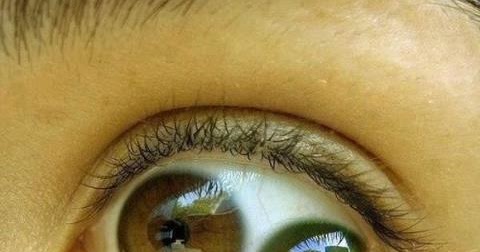

Pupillary escape can occur on the side of a diseased optic nerve or retina, most often in patients with a central field defect.Ī Horner syndrome pupil will show dilation lag “Pupillary escape” is an abnormal pupillary response to a bright light, in which the pupil initially constricts to light and then slowly redilates to its original size. A transient RAPD can occur secondary to local anesthesia. An RAPD can occur due to downstream lesions in the pupillary light reflex pathway (such as in the optic tract or pretectal nuclei). Alternatively, if the reactive pupil constricts more with the consensual response than with the direct response, then the RAPD is in the reactive pupil. If the reactive pupil constricts more with the direct response than with the consensual response, then the RAPD is in the unreactive pupil. Direct and consensual responses should be compared in the reactive pupil. Detection of an RAPD requires two eyes but only one functioning pupil if the second pupil is unable to constrict, such as due to a third nerve palsy, a “reverse RAPD” test can be performed using the swinging flashlight test. When the examiner swings the light to the unaffected eye, both pupils constrict. In patients with an RAPD, when light is shined in the affected eye, there will be dilation of both pupils due to an abnormal afferent arm.

Ophthalmologic considerations: Testing of the pupillary light reflex is useful to identify a relative afferent pupillary defect (RAPD) due to asymmetric afferent output from a lesion anywhere along the afferent pupillary pathway as described above. Due to innervation of the bilateral E-W nuclei, a direct and consensual pupillary response is produced. From the E-W nucleus, efferent pupillary parasympathetic preganglionic fibers travel on the oculomotor nerve to synapse in the ciliary ganglion, which sends parasympathetic postganglionic axons in the short ciliary nerve to innervate the iris sphincter smooth muscle via M3 muscarinic receptors. Pathway: Afferent pupillary fibers start at the retinal ganglion cell layer and then travel through the optic nerve, optic chiasm, and optic tract, join the brachium of the superior colliculus, and travel to the pretectal area of the midbrain, which sends fibers bilaterally to the efferent Edinger-Westphal nuclei of the oculomotor complex. Pupillary constriction occurs via innervation of the iris sphincter muscle, which is controlled by the parasympathetic system. Excessive tearing, itching, and intermittent blurred vision fall into the “change” category, as does any new difficulty you have seeing or focusing on objects, nearby or far away, Stabilizing your vision could prevent it from getting any worse.The pupillary light reflex is an autonomic reflex that constricts the pupil in response to light, thereby adjusting the amount of light that reaches the retina. You should contact your eye doctor if there has been a significant change in your eyes or your ability to see. These warning signs fall under the category of an emergency. Injury to an eye, including a blow to the eye or chemicals splashed in the eye.Vision blocked by partially or entirely by dark or blurred shapes.You should see your eye doctor if you experience: Younger adults can probably go once every two years. There are no hard and fast rules, but many eye care professionals agree that their adult patients (ages 40 and up) should get their eyes examined once a year.


 0 kommentar(er)
0 kommentar(er)
